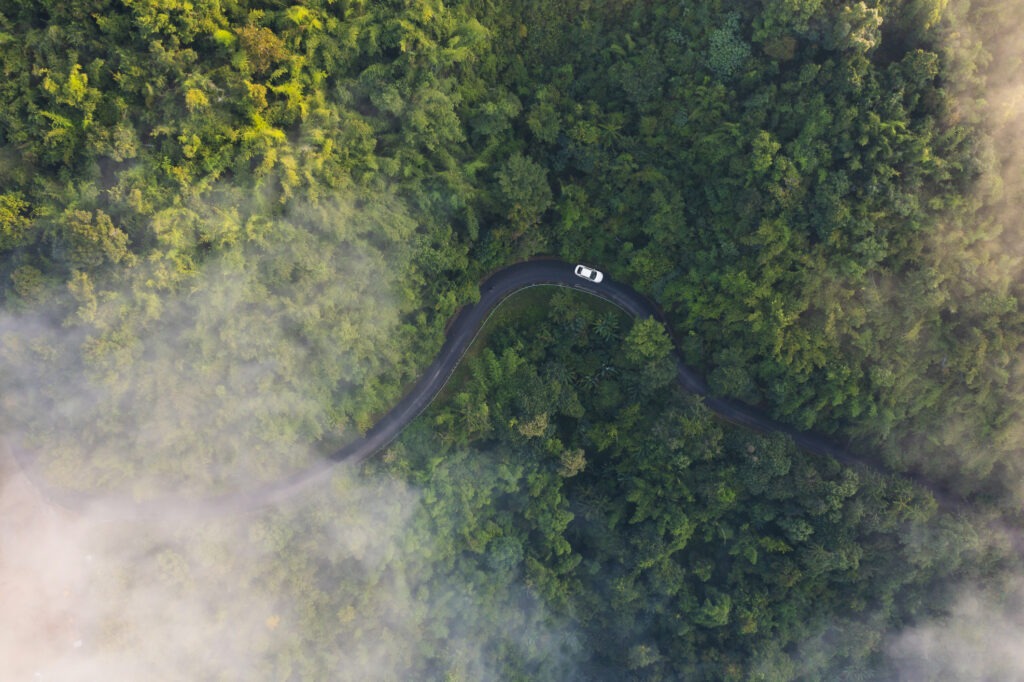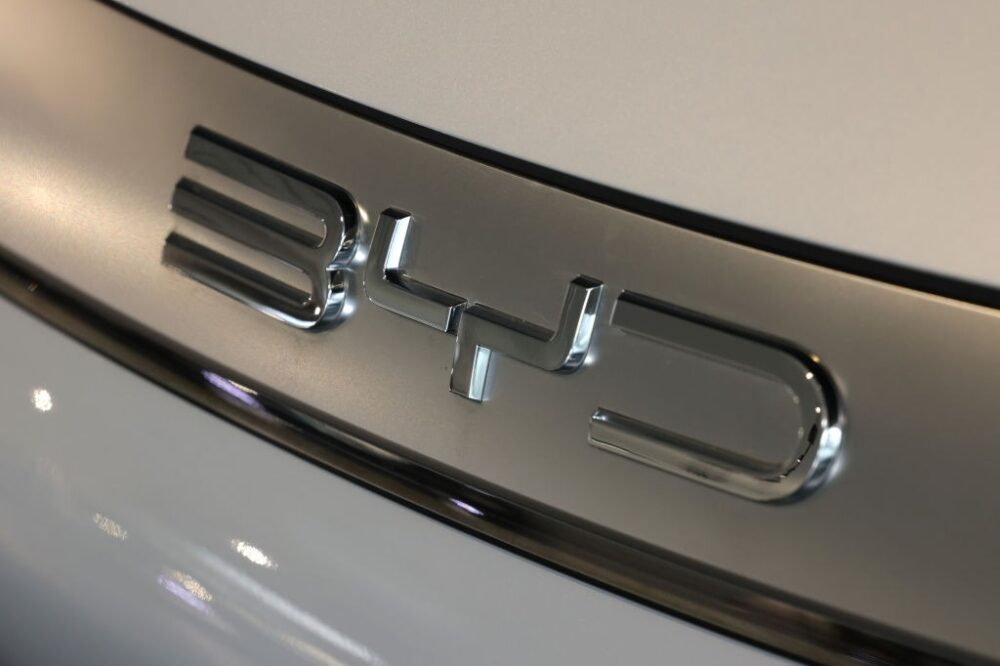Paris Motor Show 2024: French carmakers focus on future
23 October 2024
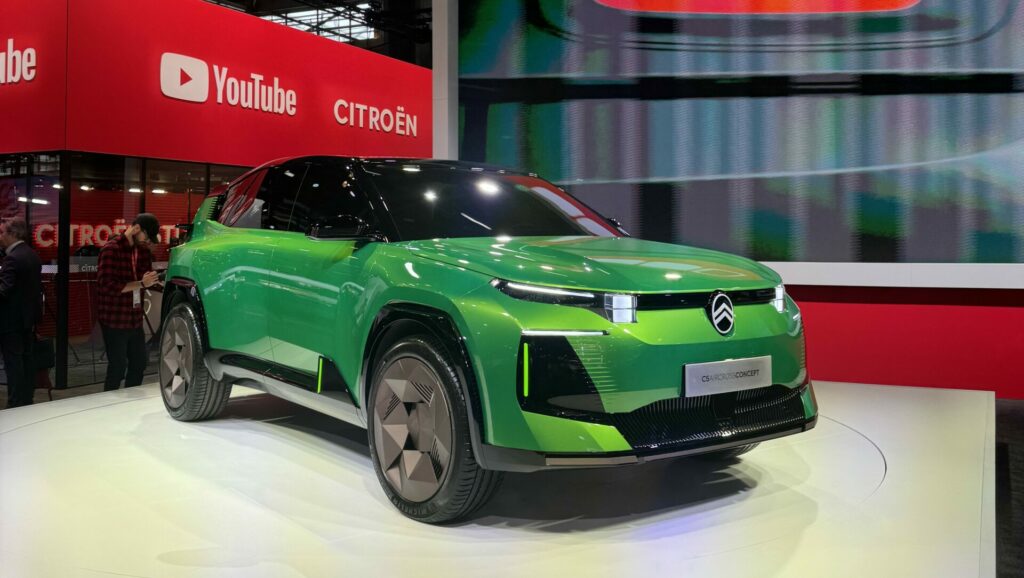
The recent Mondial de l’Auto gathered carmakers from across the globe, from Chinese entrants to American manufacturers. But could the region’s domestic brands steal the spotlight? Tom Hooker, Autovista24 journalist, looks at the French marques.
All three major French brands were present at the Paris Motor Show. Stellantis-owned Citroën and Peugeot were in attendance with world premieres, joined by two other carmakers from the OEM. Meanwhile, the Renault Group had big reveals from its namesake brand, alongside Dacia and Alpine.
However, the show also hosted many emerging Chinese manufacturers and other European competitors. So, could these domestic carmakers provide the show’s biggest talking points?
Renault renaissance
As one of the earliest press conferences on the opening day of the Paris Motor Show, Renault’s presentation attracted a lot of attention. This was mainly driven by the reveal of the Renault 4, a B-segment battery-electric vehicle (BEV) inspired by one of its 20th-century models.
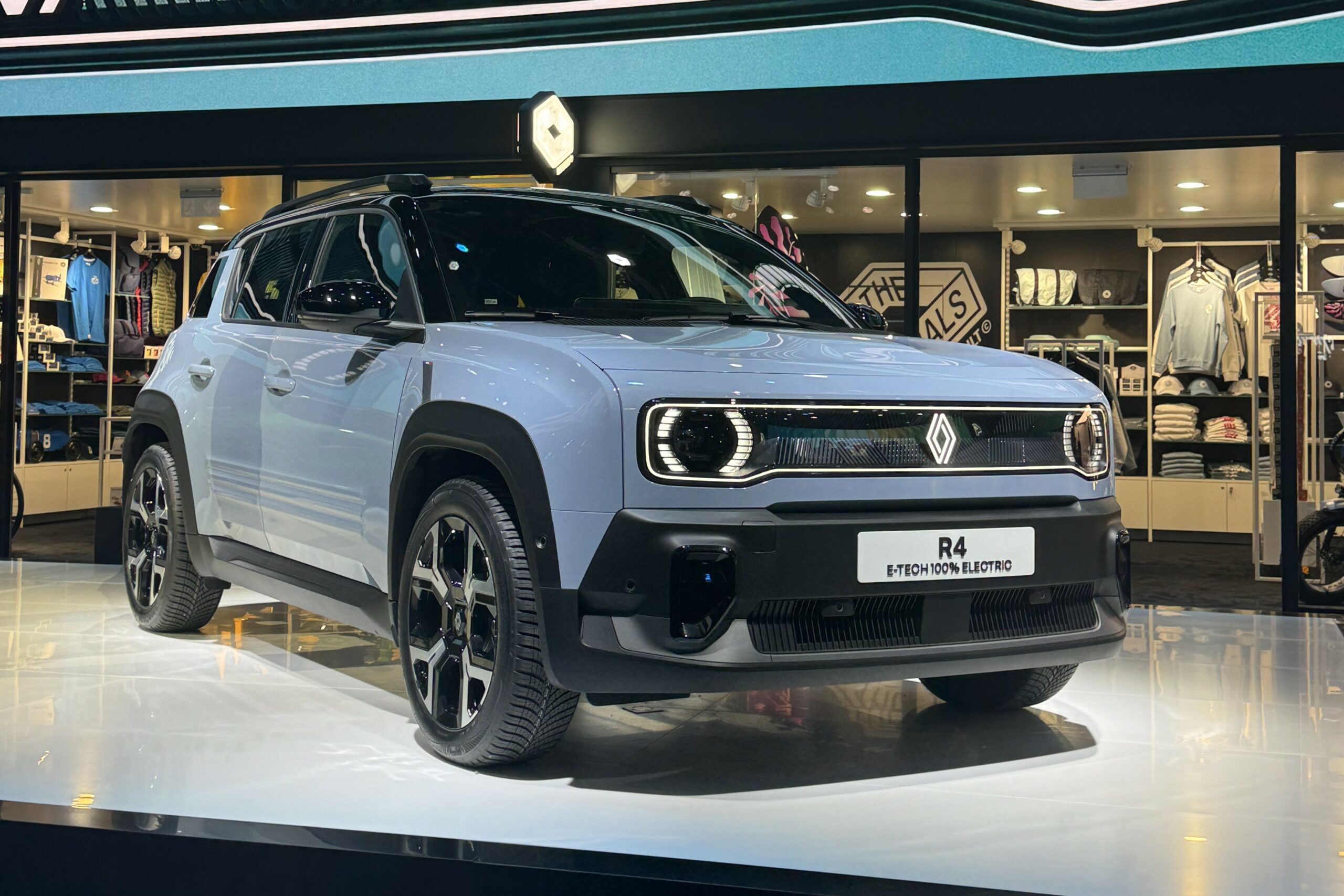
‘It is with great passion and emotion that we have decided to revive this legend with a 100% electric city car that is both inspired and ultra-modern,’ stated Gilles Vidal, head of design for Renault.
‘The R4’s mission was always to be practical and functional, inspired by its iconic visual codes. At the same time, it is ultra-modern in its functionality, interior and overall design,’ he continued.
The model is an evolution of the Renault 4Ever Trophy, a concept car that was unveiled at the 2022 Paris Motor Show.
‘The Renault 4 is focusing on families. Two years ago, we had a show car which was quite big. When people finally discovered the real car, they were surprised because it was smaller,’ Renault 4’s chief vehicle engineer, Jorge Da-Cruz-Martins, told Autovista24.
‘If you have the opportunity to drive the Renault 5, you have exactly the same platform.’ Da-Cruz Martins explained that the model’s wheelbase is 8cm longer than the Renault 5 and is a bigger model overall, with a focus on practicality.
Revolutionary French line-up
The new Renault 4 forms part of Renault Group’s latest electric vehicle (EV) line-up, a list of seven models including the Renault 5 and Renault Twingo. The latter, now in its fourth generation, made its first public appearance at the show. Renault said the model will be available in 2026.
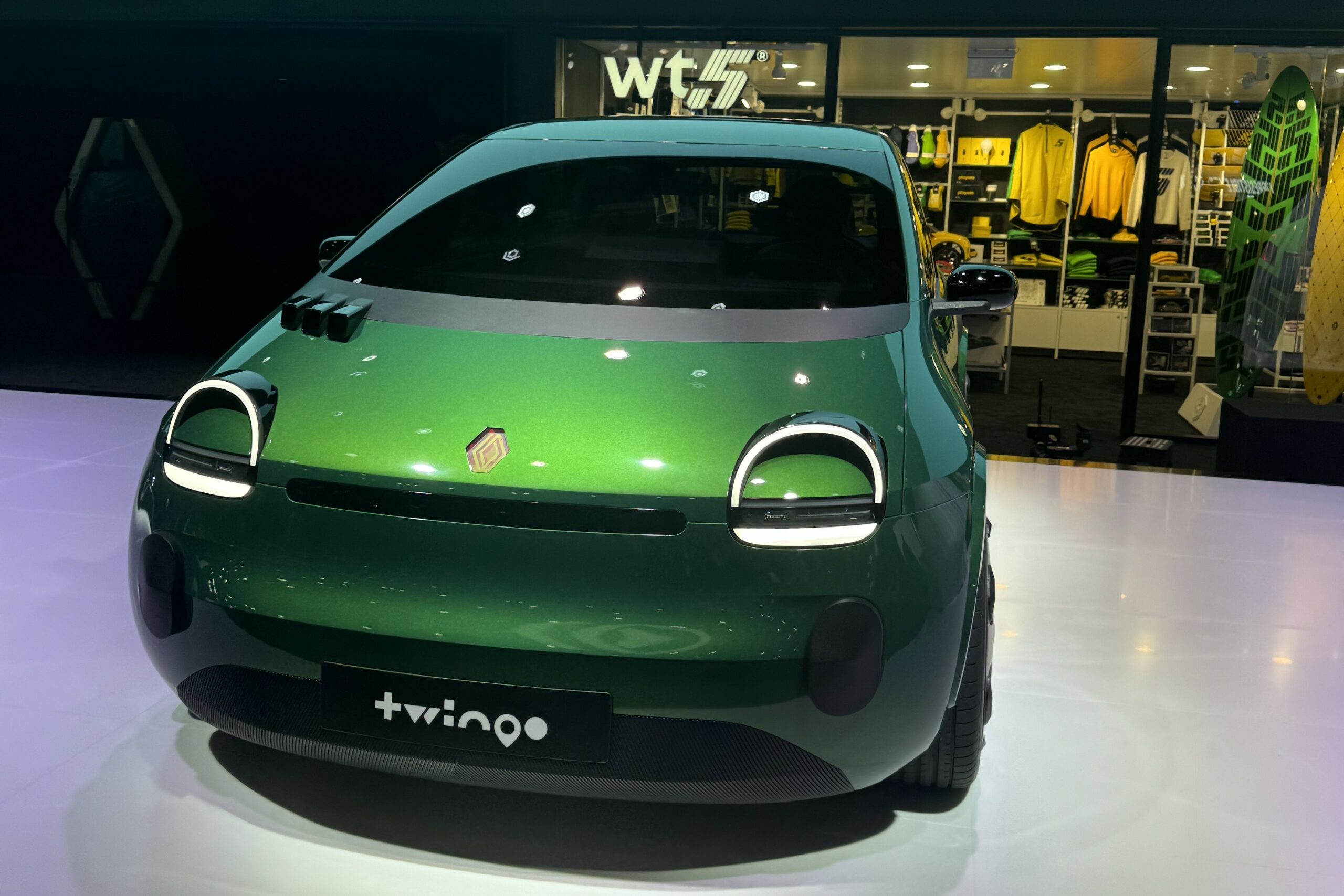
‘We started the revolution line-up four years ago in a very dark moment for the company. Now, I think it is probably the best line-up the group has had in the last 30 years,’ said Luca de Meo, CEO of Renault Group.
The Renault 5 has already arrived in the brand’s French dealer network, according to Fabrice Cambolive, CEO of the Renault brand.Like the Renault 4, this model is led by Ampere, the brand’s EV and software company.
‘Behind the Renault 4 and Renault 5, you have the Ampere team. We have designed this team to push innovation everywhere from powertrain technology to customer experience, design, and engineering,’ explained de Meo.
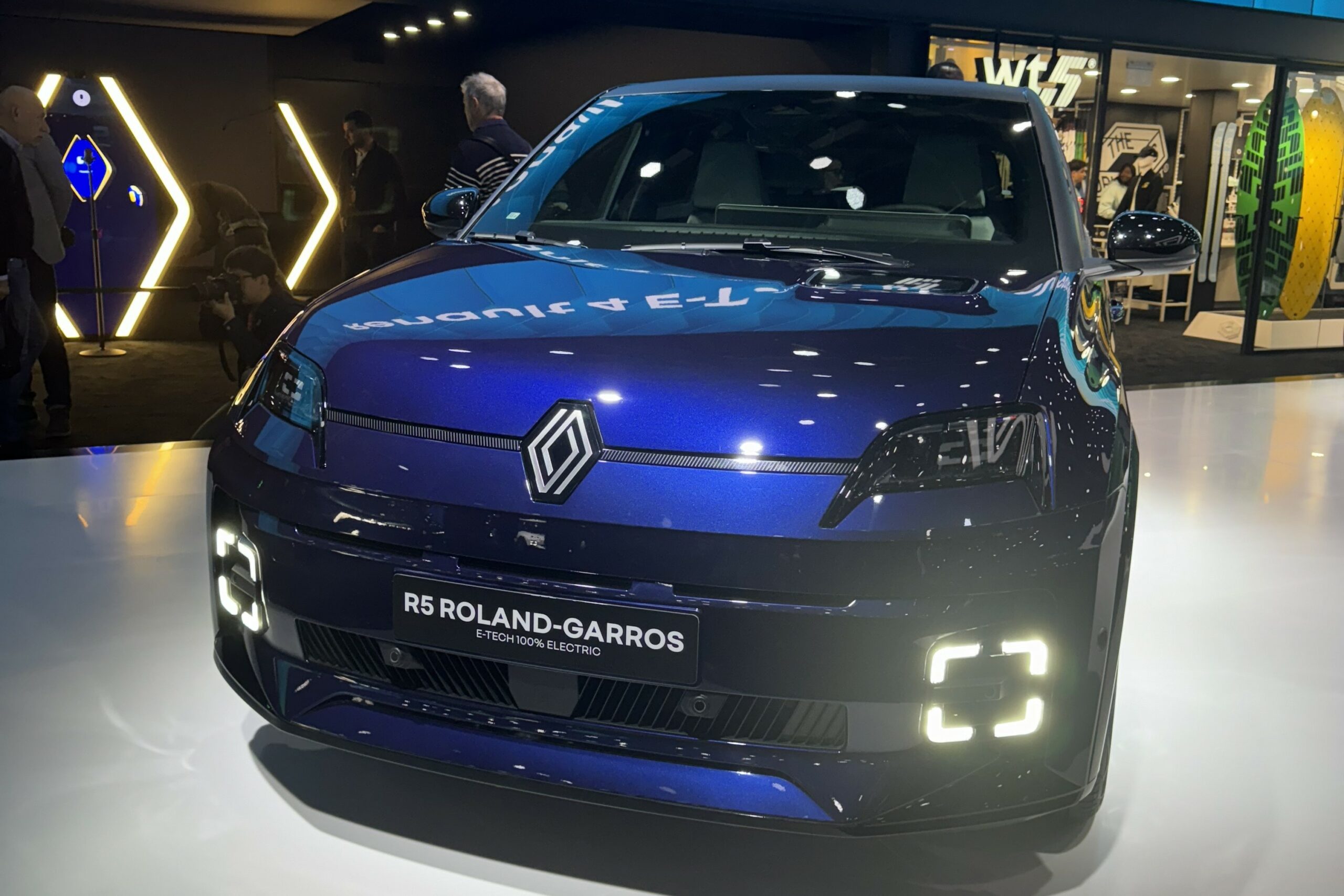
This is so Renault can be ‘on top of the world when it comes to EVs and software, taking the challenge coming from competitors in the East, but also from the West, and to be able to beat them,’ he said.
Emblème tackles emissions
Another concept on the stand was the Emblème, a concept car aiming to tackle carbon emissions throughout its lifecycle. The model features a dual-energy electric powertrain, combining a rechargeable battery for everyday use with a hydrogen fuel cell for longer journeys.

‘I asked the team to make a car with a cradle-to-grave carbon-free footprint. We have really tried to push the boundaries, from aerodynamics, material innovation and powertrain technology. Never was the real sustainable mobility so close,’ commented de Meo.
According to the Renault Group CEO, the car emits just five tonnes of CO2 in its lifecycle, 90% less than an equivalent vehicle built today.
Also on the Renault stand was the R17, French designer Ora Ïto’s reinterpretation of the Renault 17 sports coupé from the 1970s. The concept is powered by a ‘never-before-seen’ 270hp electric motor with a range of 248 miles (399km).
Dacia’s big impression
Elsewhere in the Renault Group, Dacia unveiled the new Bigster in a world premiere. This C-segment SUV has three mild hybrid powertrains available, with one featuring four-wheel drive. A full hybrid option will also be on offer.
‘Bigster is the new Dacia flagship. We have succeeded in creating a vehicle that ticks all the boxes of what is expected at this level of the range,’ said Denis Le Vot, CEO of Dacia.
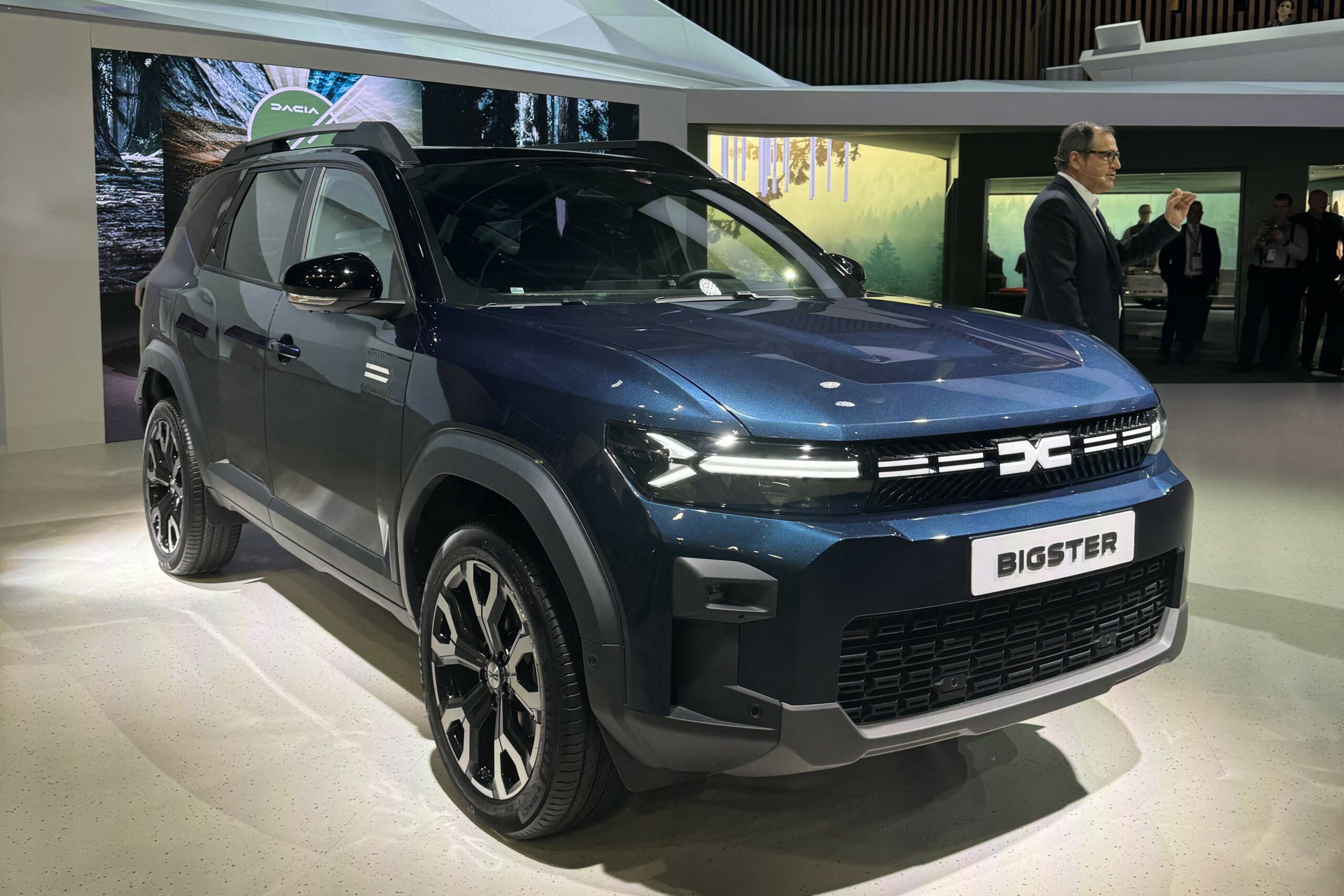
Le Vot stated that the Bigster has ‘an exceptional interior space, including a super spacious 667-litre boot.’ However, despite many aspects of the SUV being a first for the manufacturer, it still aims to keep the car at a competitive price.
‘The car will be positioned in Europe from under €25,000, and for the full hybrid under €30,000. The full hybrid is brand-new with 155 horsepower that we are introducing as a first for the group,’ Patrice Lévy Bencheton, vice president of product performance at Dacia, told Autovista24.
The Bigster will be followed by two further Dacia models in the segment. The carmaker also displayed its Sandrider, the brand’s Dakar Rally competitor, in an off-road setting.
Alpine attracts attention
On the Alpine stand, the world premiere of the A390_β attracted attention, a precursor of the brand’s BEV fastback sportscar.
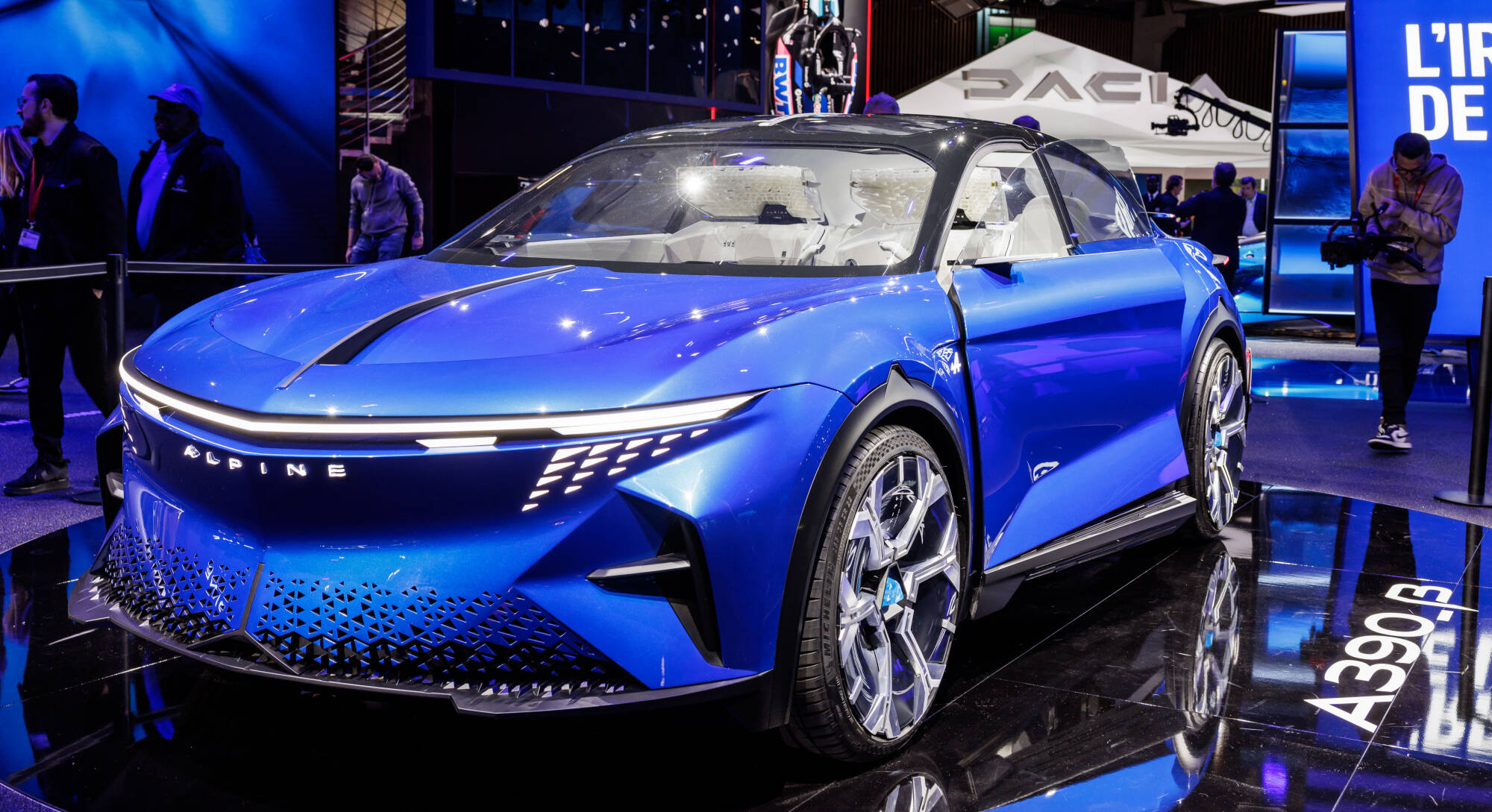
‘We take great care with this segment because it is not huge or roomy. [The profile] seems like the A110 but it is stretched and scaled. The lower part [of the body shape], which is lightweight, it is more sculptured and is more futuristic,’ Marc Poulain, chief designer advance at Alpine, told Autovista24.
Rear-hinged doors open to show the futuristic ‘Feel@One’ cockpit, which combines ‘low-sling’ Formula 1 with lifestyle design. There are also memory foam seats for rear passengers.
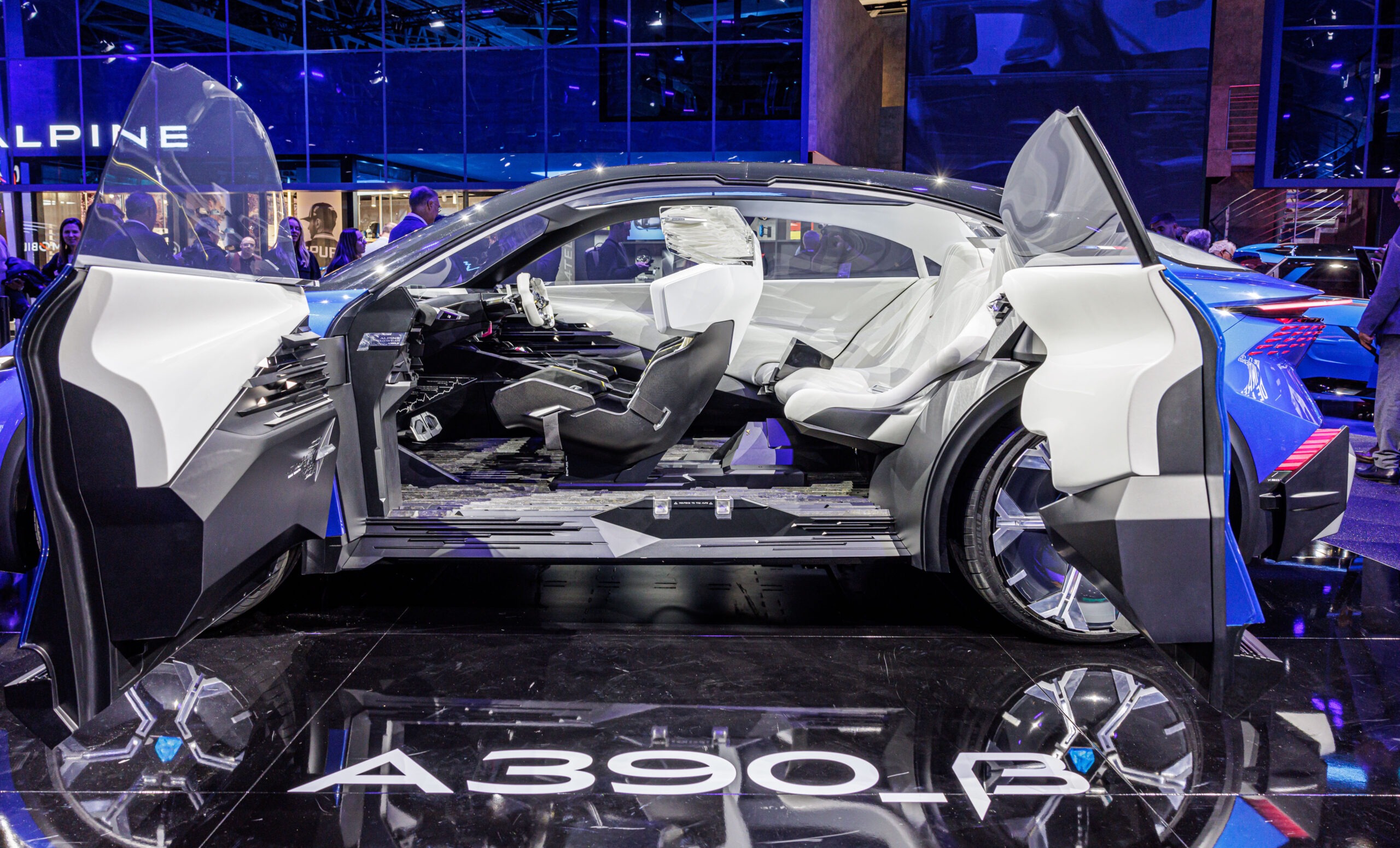
‘The interior is a proper vision, inspired by the mountains. We split the interior in two, with rock and minerals and then the white, which is inspired by the snow,’ Poulain highlighted.
Spotlight on Stellantis
Born from the merger of PSA Group and FCA, Stellantis still has strong French ties. One of its three bases is currently located in Paris.
Citroën unveiled its new C5 Aircross Concept. Revealing a future C-segment SUV, the model is the first to be built on the STLA Medium platform. This means it can accommodate internal-combustion engine, hybrid and electric powertrains.
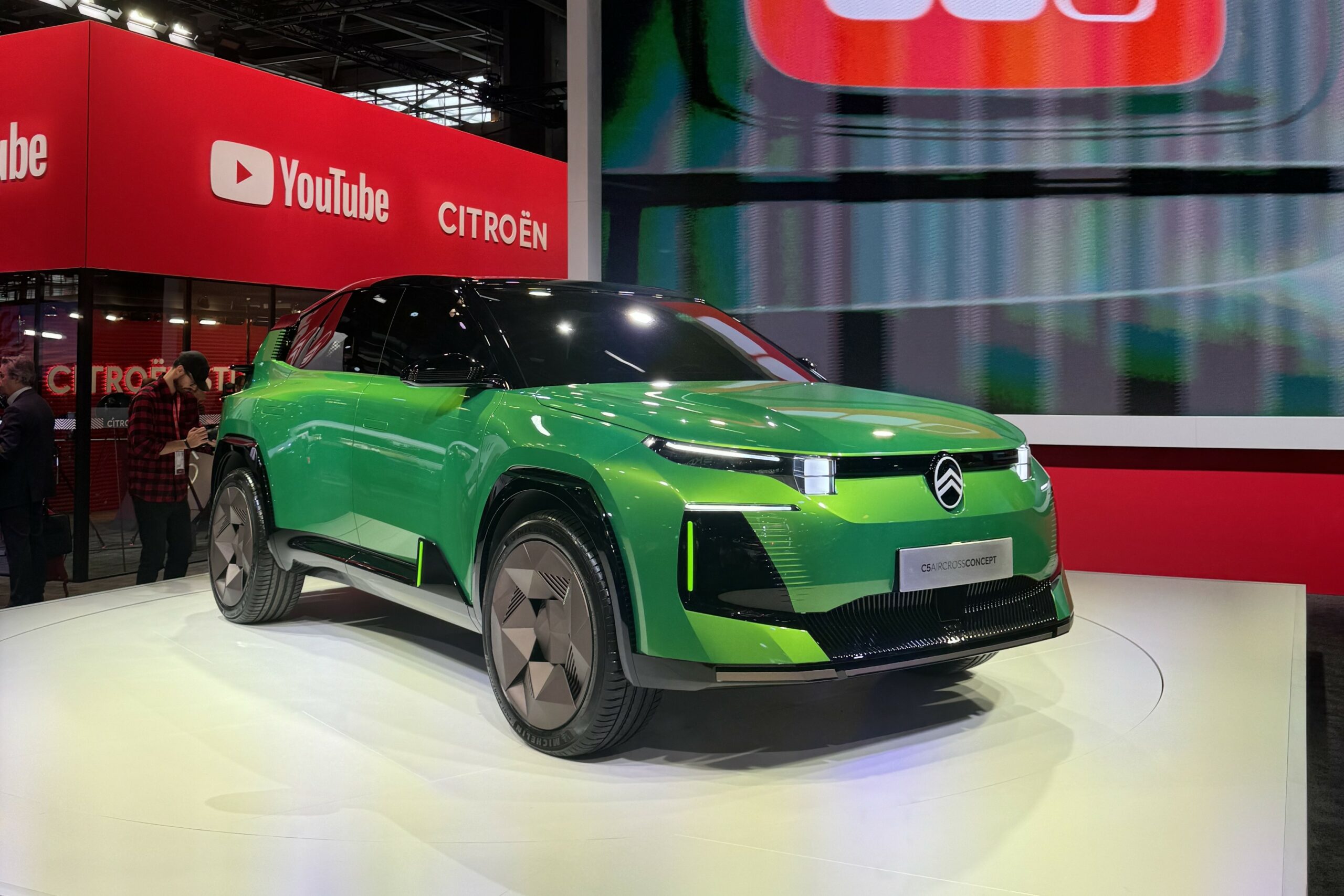
The model has a bold design, most notably at the rear, where the marque’s new light signature can be seen. ‘The designers have reinterpreted the three-point light signature to fit the model, resulting in a striking architecture. Two light points extend from the body side moulding, appearing to float like fins,’ said Citroën in a press release.
The company also hosted two more world premieres in the C-segment for the new C4 and C4X. ‘The C4 is more serene and stylish than ever, while the C4 X is a spacious lounge in a sleek fastback,’ the carmaker explained.

The Paris Motor Show also marked the first major event for C3, although deliveries are already underway. The model is available in both petrol and electric drivetrains with the e-C3. The event was also the first public appearance for the seven-seater C3 Aircross, which was unveiled in June.
Peugeot French presence
At Peugeot, the new e-408 was on show for visitors. This C-segment fastback SUV has been raised from the 408 saloon first launched in 2022. With a 210hp motor, the model has a range of up to 281 miles (452km) and provides the option of three trim levels. Orders will open for the e-408 in November.
The French carmaker displayed its full-electric range in Paris, totalling nine passenger vehicles and three commercial vehicles. This included long-range versions of the new Peugeot e-3008 fastback SUV and e-5008 seven-seater SUV, which recently opened for orders. The models have a range of 700km and 668km respectively.

‘Our all-electric strategy reflects Peugeot’s fundamental desire to contribute to preserving our planet for future generations. We are not doing this just because regulations require it. It is a deep commitment, both ethical and societal, to which I attach great importance,’ said Linda Jackson, CEO of Peugeot, in a statement.
Furthermore, the brand brought its Inception Concept, a display of Peugeot’s vision of sustainable mobility. The sharp and geometrically designed concept is equipped with 800-volt technology and a 100kWh battery, meaning it could travel 800km on a single charge.

Inside the Inception Concept sits the new generation of Peugeot’s ‘i-Cockpit’, with a completely redesigned architecture. This includes the Hypersquare, which replaces the steering wheel and integrated controls with a tablet-style look.
Alongside the two French brands, and still within the Stellantis Group stable, Alfa Romeo used the show as the international debut of the Junior Ibrida. This is a sporty yet stylish version of the BEV hatchback introduced earlier this year. It will be available with a 136hp or 156hp drivetrain.
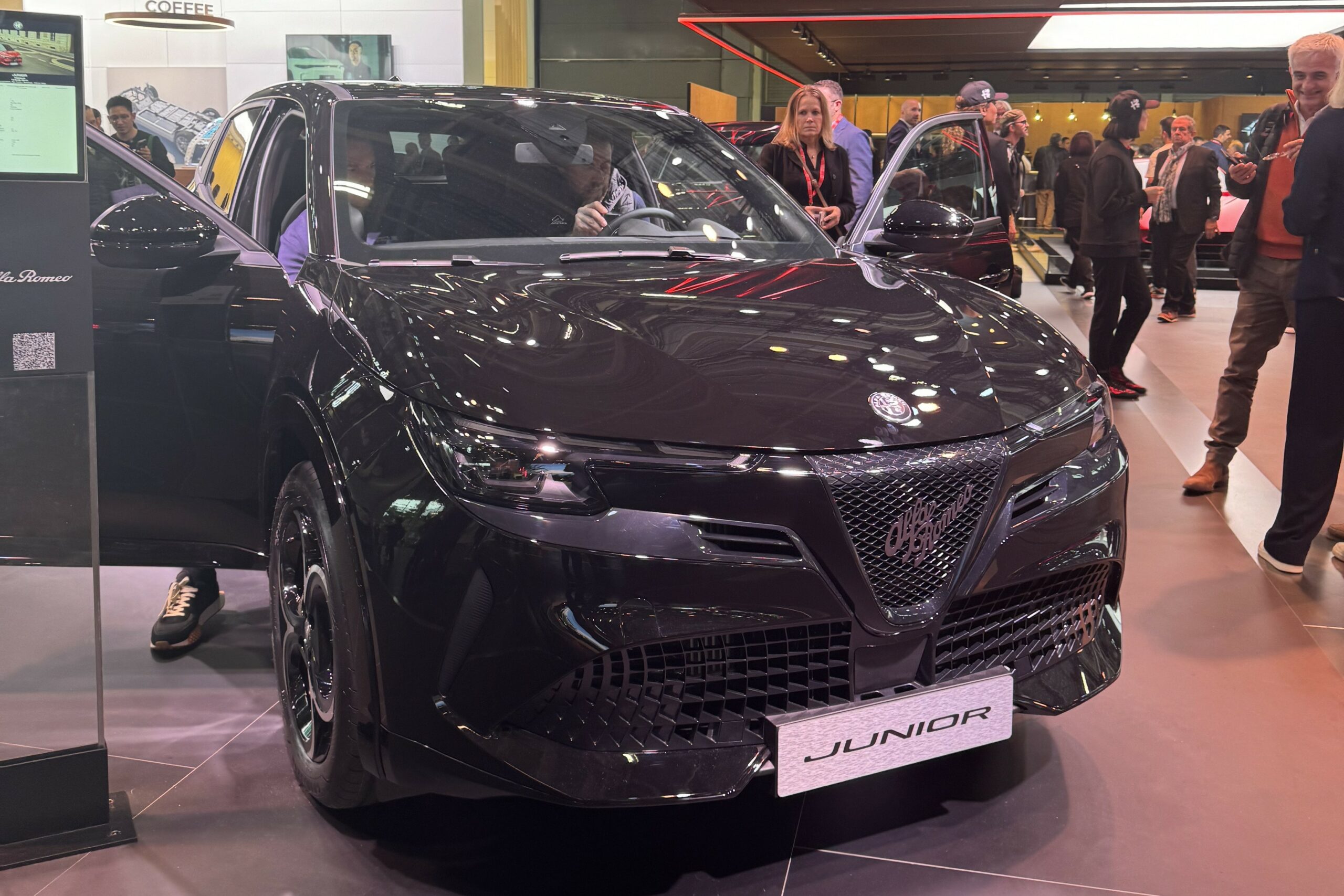
Leapmotor’s entrance
Opposite Alfa Romeo was the Leapmotor stand. The brand formed a joint venture, Leapmotor International, with Stellantis in May and launched operations in Europe in September. The carmaker attracted a large crowd during its press conference, with Stellantis CEO Carlos Tavares taking to the stage.
‘This long-term collaboration is aimed at transforming the landscape of electric mobility in Europe and beyond. For Stellantis, we see this partnership as a great way to help provide an additional offer of clean, safe and affordable cars to our customers,’ Tavares commented.
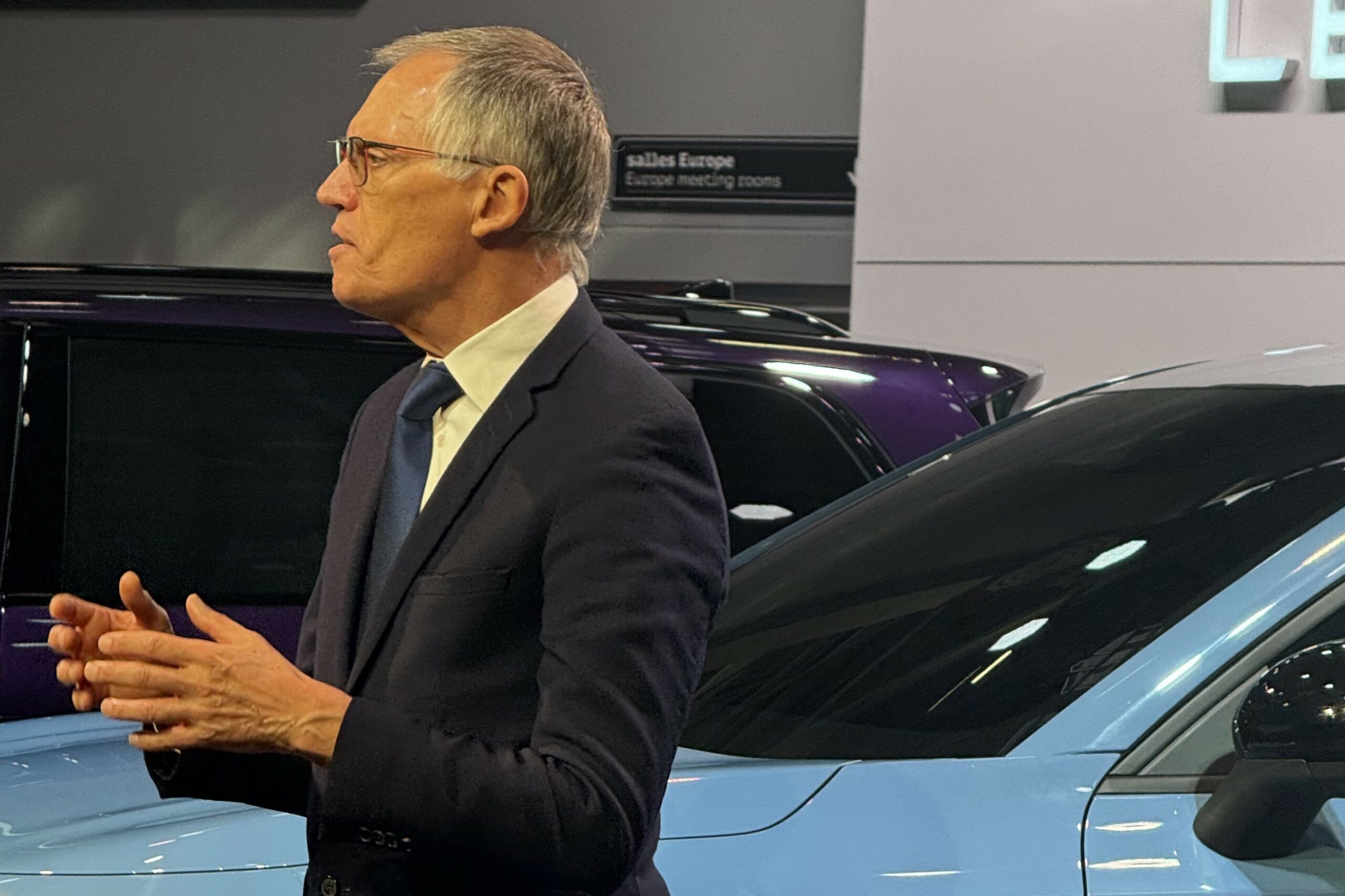
‘Interest from our dealers and our investors is palpable. The market is hungry for tech-savvy and affordable EVs. Our aggressive launch and distribution plan is aimed at providing value for Leapmotor and Stellantis. Both companies stand ready to contribute and I am sure both companies stand ready to benefit,’ he added.
Leapmotor International, which is 51% owned by Stellantis, will sell its models via 200 Stellantis distribution channels by the end of 2024. This number is then set to climb to 500 by 2026.
All French segments covered

In terms of models, the brand hosted the global debut of the B10, a C-segment SUV and the first model in its B-series. It is built on the Leap 3.5 architecture, featuring smart technologies, advanced driver-assistance systems, and a customisable digital cockpit.
Other Leapmotor vehicles on display included the C10, a family-oriented D-segment electric SUV. Also on show was its C16 mid-size SUV and the T03 city car.

‘Europe is diversified. All the countries have different preferences, different driving behaviour and different lifestyles. For example, T03 will be perfect for cities in France and Italy. Meanwhile, some customers in the Nordics would prefer the larger cars for big families,’ Tianyue Zhong, global head of product planning and connectivity at Leapmotor, told Autovista24.
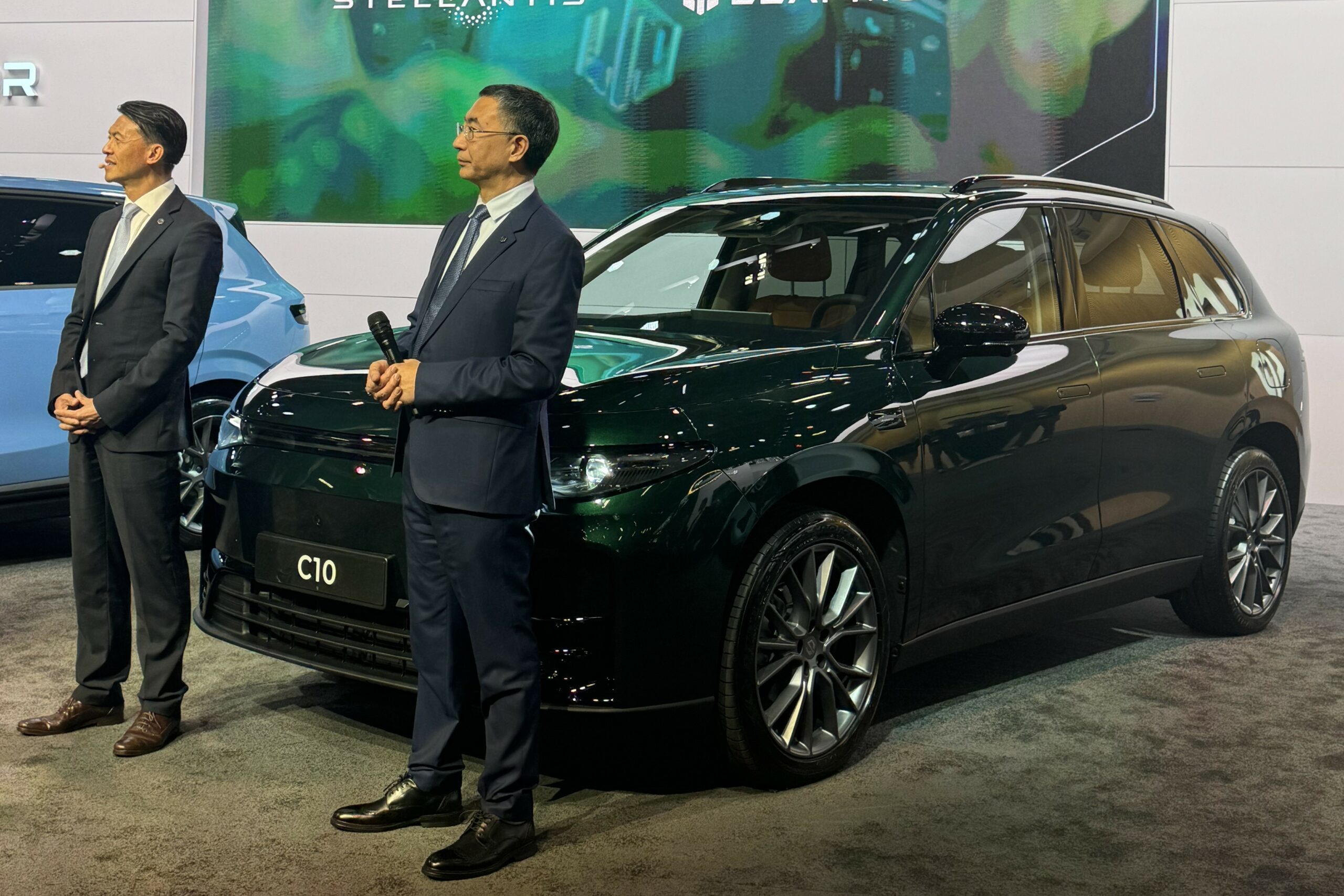
‘We will adjust for each segment. In the coming years, we will launch at least one or two models every year, to cover all segments of the European market, from A-segment to E-segment,’ he concluded.


